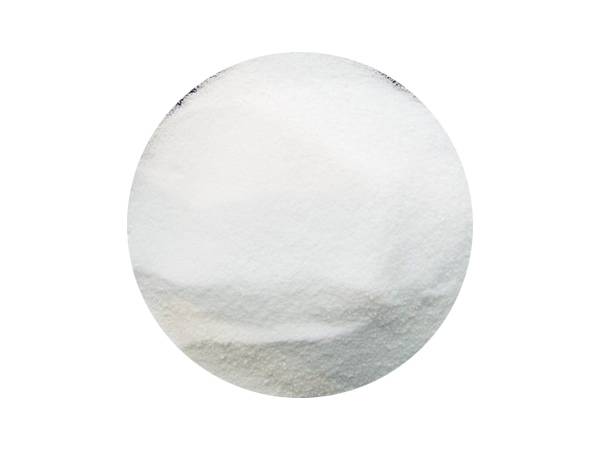



Large Durable Ceramic Crucibles for High-Temperature Laboratory Applications and Experiments
The Significance and Applications of Large Ceramic Crucibles
Ceramic crucibles have long been an essential tool in various scientific and industrial applications. Among these, large ceramic crucibles play a crucial role due to their capacity to withstand high temperatures and their chemical inertness. In this article, we delve into the properties, applications, and benefits of large ceramic crucibles.
Properties of Large Ceramic Crucibles
One of the outstanding features of large ceramic crucibles is their ability to endure extreme temperatures. Made from advanced ceramics, these crucibles can typically withstand temperatures exceeding 1600°C (2912°F) without deforming or breaking down. This high thermal resistance makes them ideal for use in melting, sintering, and other high-temperature processes.
Another remarkable quality of ceramic crucibles is their chemical stability. Unlike metal crucibles, large ceramic crucibles do not react with the materials placed inside them. This property is essential in applications where contamination can lead to erroneous results or compromised quality. Ceramic materials are also resistant to oxidation, which further enhances their durability in rigorous environments.
Additionally, large ceramic crucibles exhibit low thermal conductivity, allowing for gradual heating and cooling. This feature helps to minimize thermal shock during rapid temperature changes, thus prolonging the lifespan of the crucible. The ability to retain heat also contributes to energy efficiency, making them an economical choice for various applications.
Applications of Large Ceramic Crucibles
Large ceramic crucibles find applications across multiple fields, including metallurgy, materials science, and ceramics. In metallurgy, they are commonly used for melting metals and alloys. The high-temperature resistance allows metallurgists to accurately melt and pour materials without fear of crucible failure. They are particularly beneficial in the production of high-purity metals where contamination must be avoided.
large ceramic crucible

In materials science, large ceramic crucibles are employed for the synthesis of advanced materials. Researchers use them in processes like sintering, where powdered materials are heated to form solid structures. This application is critical in developing ceramic components for electronics, Aerospace applications, and cutting tools.
The ceramics industry also heavily relies on large ceramic crucibles for fabricating high-performance ceramics. They are used in the processing of raw materials, ensuring that the resulting products meet the required specifications. Different types of ceramics, such as alumina and zirconia, often necessitate high-temperature processing that can only be achieved using robust ceramic crucibles.
Benefits of Using Large Ceramic Crucibles
The adoption of large ceramic crucibles offers several advantages. Firstly, their chemical inertness ensures that the integrity of the material being processed is preserved, which is critical in both experimental and production settings. This characteristic significantly reduces the risk of contamination, leading to more reliable results.
Secondly, the durability of ceramic materials means that large ceramic crucibles often exhibit a longer life span compared to their metal counterparts. While initial costs may be higher, the longevity and performance of ceramic crucibles can lead to reduced overall expenses in the long run.
Furthermore, ceramic crucibles can withstand thermal cycling and rapid temperature changes, which increases their operational reliability. They maintain structural integrity even after multiple uses, a quality that is particularly valued in high-volume production environments.
Conclusion
Large ceramic crucibles serve as a vital tool in high-temperature applications across various industries. With properties such as high thermal resistance, chemical inertness, and low thermal conductivity, they provide significant advantages over traditional metal crucibles. As technology continues to advance, the demand for large ceramic crucibles is expected to grow, reinforcing their importance in scientific research and industrial manufacturing. As industries evolve, the role of these crucibles will undoubtedly remain integral to the achievement of innovation and quality assurance in high-temperature processes.
-
Essential Guide to a Chemical Used to Disinfect Water | Global Water SafetyNewsNov.21,2025
-
Understanding 2 Chemicals Used to Disinfect Water: Chlorine and Chloramine ExplainedNewsNov.20,2025
-
The Essential Guide to a Chemical to Disinfect Water: Safety, Applications, and Future TrendsNewsNov.20,2025
-
Chemicals Used to Disinfect Water – Key Solutions for Safe and Sustainable Water TreatmentNewsNov.20,2025
-
Best Chemicals Used to Disinfect Water – Comprehensive Guide & SolutionsNewsNov.19,2025
-
Comprehensive Guide to Chemical Disinfection of Water | Safe & Sustainable SolutionsNewsNov.18,2025
-
Bleach for Sanitizing Water – A Comprehensive Guide to Safe Water Treatment SolutionsNewsNov.18,2025










